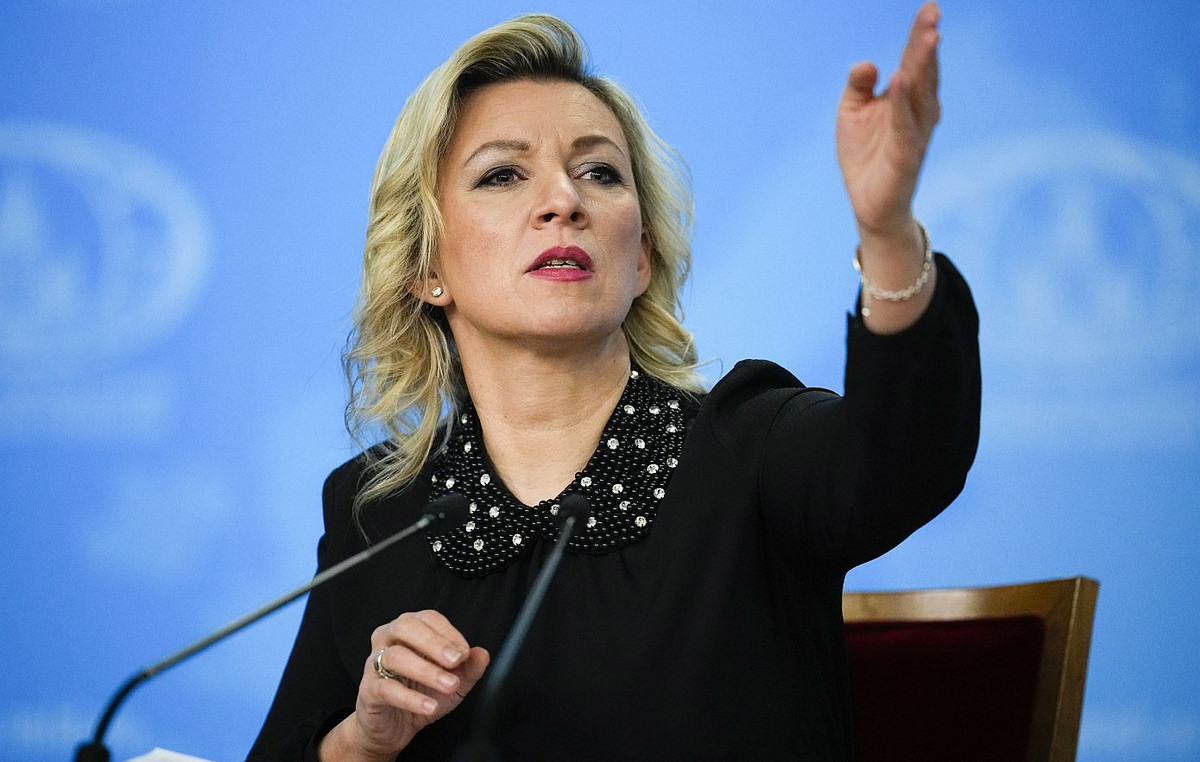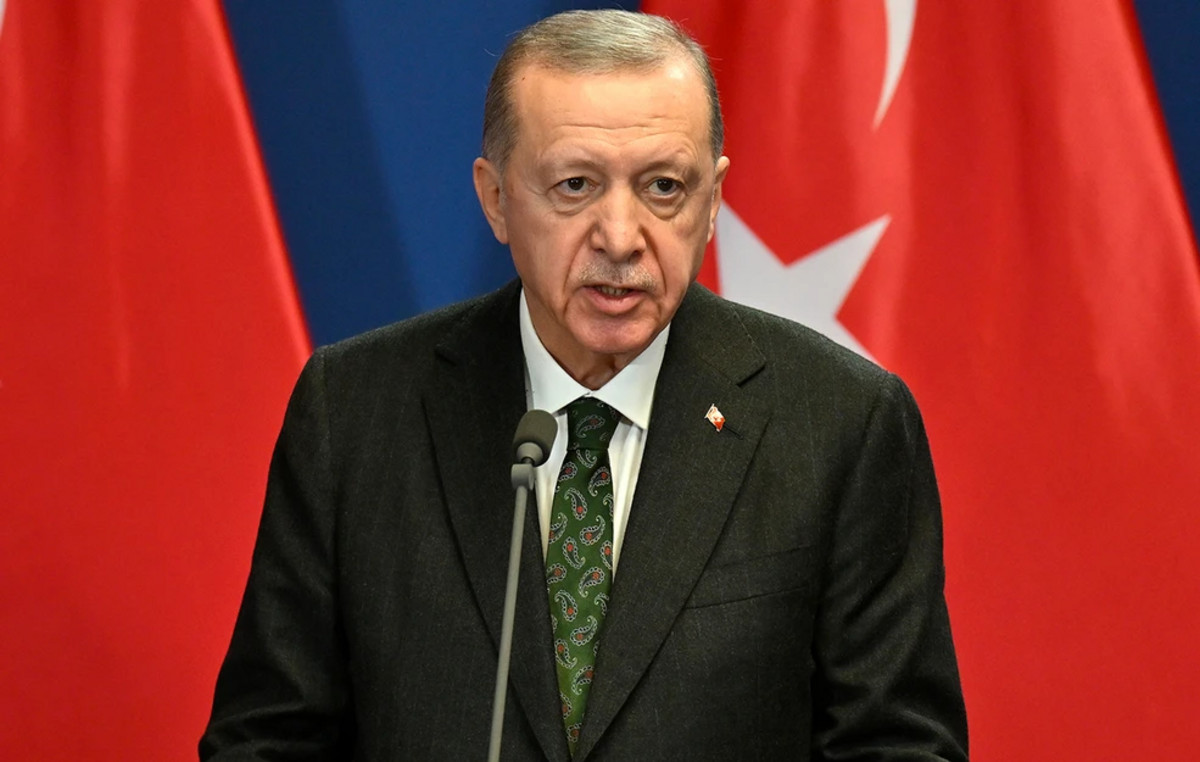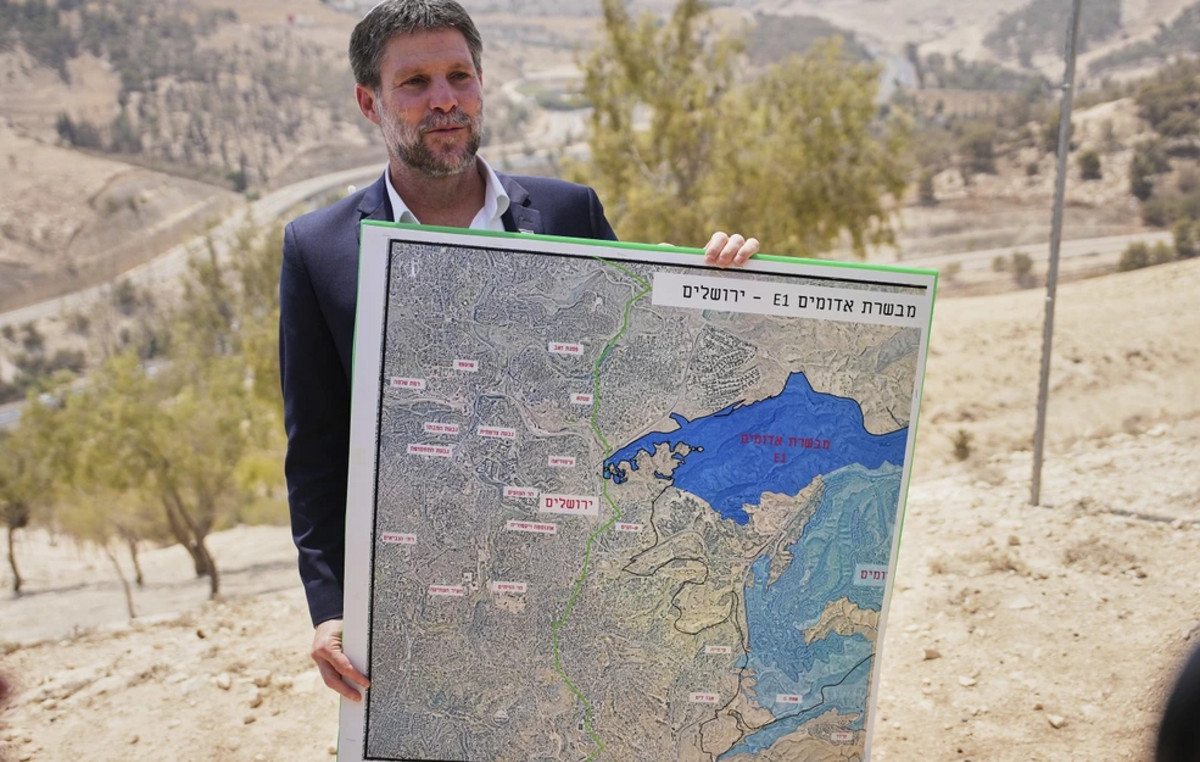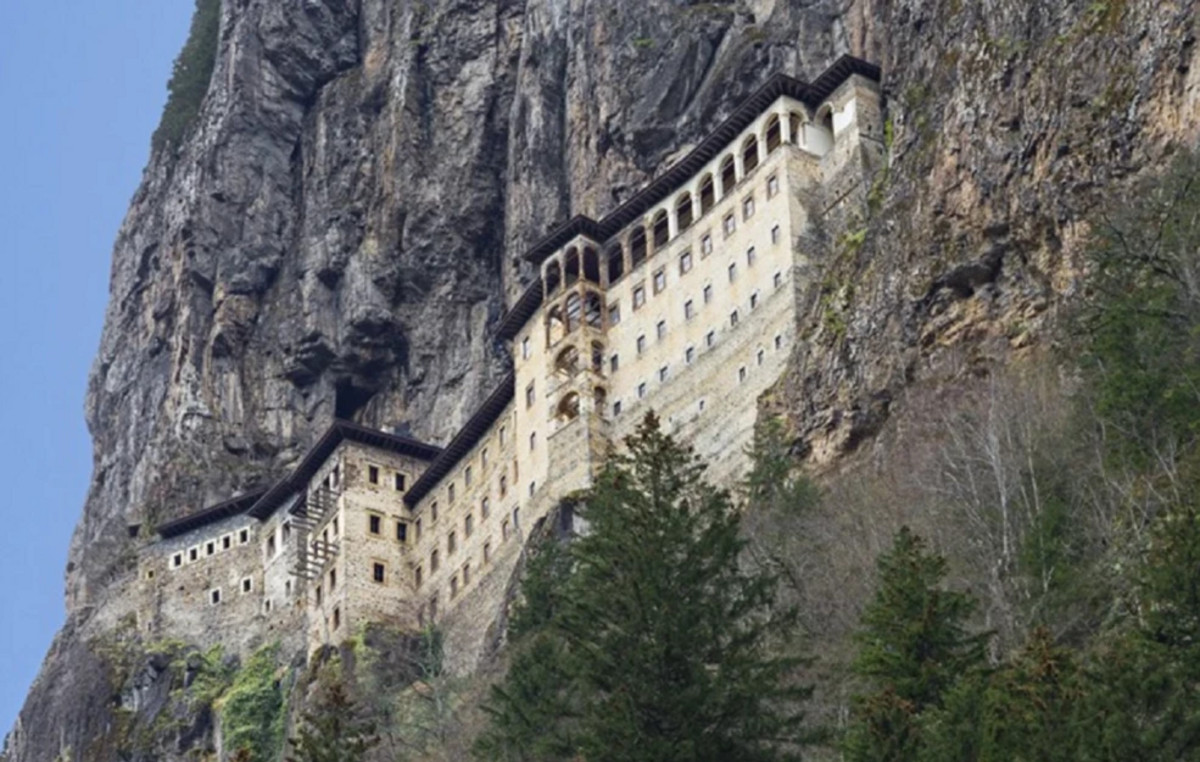A deadly cold wave hitting East Asia has killed at least four people in Japan after sub-zero temperatures and heavy snow caused travel chaos over the Lunar New Year holiday, and weather experts warn that such extreme weather events have become the “new norm”.
Japanese officials said all four killed on Wednesday and Thursday were working to clear snow amid what Chief Cabinet Secretary Hirokazu Matsuno called “a once-in-a-decade cold snap”.
Two of the deaths were reported in western Niigata Prefecture, one in southwestern Oita Prefecture and one in southern Okayama Prefecture – where the victim had a heart attack.
In neighboring South Korea, heavy snow warnings were issued this week as temperatures in the capital Seoul dropped to -15 degrees Celsius and plummeted to record lows in other cities, officials said. Residents said that it began to snow heavily overnight from Wednesday to Thursday.
On the popular tourist island of Jeju, bad weather this week has led to the cancellation of hundreds of flights, while passenger ships have been forced to remain in port due to huge waves, according to the Central Disaster Countermeasures and Security Headquarters.
“The cold air from the North Pole hit South Korea directly,” after traveling through Russia and China, he told the CNN Korea Meteorological Administration spokesman Woo Jin-kyu.
Woo said that while scientists take a long-term view of climate change, “we can consider this extreme weather — extremely hot weather in summer and extremely cold weather in winter — as one of the signs of climate change.”
Across the border in Pyongyang, North Korean officials warned of extreme weather conditions as the cold wave swept across the Korean peninsula. Temperatures in parts of North Korea were expected to drop below -30 degrees Celsius, state media reported.
In Japan, hundreds of domestic flights were canceled on Tuesday and Wednesday due to heavy snow and winds that hampered visibility. Major carriers Japan Airlines and All Nippon Airways canceled a total of 229 flights.
Meanwhile, high-speed trains were suspended between Fukushima North and Shinjo stations, the Japan Railway Group said.
China’s meteorological authority has also forecast big temperature drops in parts of the country and on Monday issued a blue alert for a cold snap – the lowest level in a four-tier warning system.

Mohe, China’s northernmost city, on Sunday saw temperatures drop to -53 degrees Celsius, the coldest on record, forecasters said. Ice fog – a weather phenomenon that occurs only in extreme cold, when water droplets in the air remain in liquid form – is also expected in the city this week, local officials said.
Other parts of Asia also felt the impacts of the bitter cold. Earlier this month in Russian Siberia, temperatures in the city of Yakutsk stood at -62.7 degrees Celsius, a record for a place widely known as the coldest city in the world.
The cold was also felt in Afghanistan, where Taliban officials reported the deaths of at least 157 people, as the country endures one of its harshest winters ever and with minimal humanitarian aid. Officials said temperatures in early January reached as low as -28 degrees Celsius.
‘New norm’
Yeh Sang-wook, professor of climate at Hanyang University in Seoul, attributed the extreme cold snap on the Korean Peninsula to arctic winds from Siberia, adding that the cold snap in South Korea this year was partly due to melting ice caps. of the Arctic due to a warm climate.
“There was record melting last year and this year,” he said. “When sea ice melts, the sea opens up, sending more vapor into the air, leading to more snow in the north.”
As climate change worsens, the region will face more severe cold weather in the future, he said.

“There is no other (explanation),” he said. “Climate change is really getting deeper and there is a consensus among global scientists that this type of cold phenomenon is going to get worse going forward.”
Kevin Trenberth of the US National Center for Atmospheric Research (NCAR) agreed that “extreme weather events are the new norm”, adding: “We can certainly expect weather extremes to be worse than they were before.” .
He also pointed out the El Niño and La Niña climate cycles in the Pacific Ocean, which affect climate around the world.
La Niña, which normally has a cooling effect on global temperatures, is one reason for the current cold snap, he said.
“Certainly there is a great deal of natural variability that occurs in climate, but […] We often hear about the El Niño phenomenon and we are currently in the La Niña phase. And that certainly influences the types of patterns that tend to occur. And that’s also a factor,” he said.
*With information from CNN’s Jake Kwon, Junko Ogura and Emiko Jozuka.
Source: CNN Brasil
Bruce Belcher is a seasoned author with over 5 years of experience in world news. He writes for online news websites and provides in-depth analysis on the world stock market. Bruce is known for his insightful perspectives and commitment to keeping the public informed.







